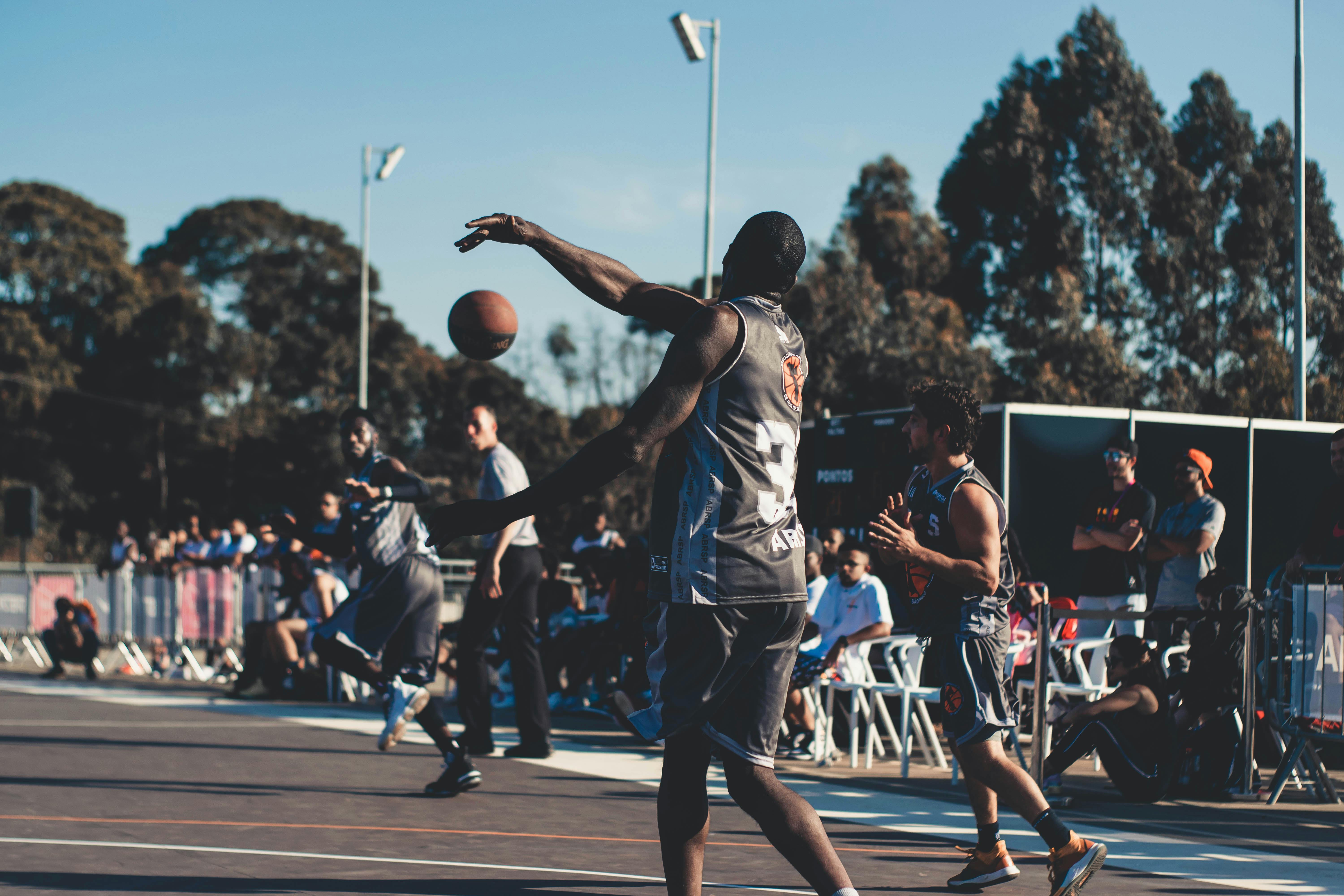Kenya has more than 40 tribes. Their role is slowly diminishing, but the tribe is one of the main defining characteristics of life in Kenya. On the one hand, everyone admires the sight of proud Masai warriors, dressed in red with their typical spears and shield. And the tribes have social advantages, like mutual aid. On the other hand, the Kenyan tribes are holding the country back. This article provides general information.
The overview of the tribes in Kenya
Family in Kenya is of the utmost importance. Large extended families live together and take care of each other. Next comes your clan, your sub-tribe, and your tribe. Since Kenya’s independence in 1963, the government has tried to create a national consciousness, emphasizing the idea that “we are all Kenyans.” But as a result of the tribal system, the national identity is very weak in Kenya.
The Kenyan tribes are primarily based on the language. There are three language groups that all tribes can be divided into: the Bantu, Nilotic, and Cusitic-speaking tribes. Known tribes that still follow traditional lifestyles like the Masai, Samburu, and Turkana tribes are Nilotic. However, many Kenyans speak three languages: their tribal language, English, and Swahili (which along with English is the official language in Kenya).
The largest tribes are, respectively, Kikuyu, Luhya, Luo, Kalenjin, and Kamba (although the exact numbers differ widely from source to source).
Tribes in Kenya: pretty or ugly?
Of course, I really like observing traditional tribal life. The people of the Masai, Samburu and Turkana tribes have magnificent jewelry and colorful clothes, impressive rituals and beautiful songs. Experiencing this is for many one of the great reasons to come to Kenya.
But let’s be honest. How many of the tourists who idealize the Kenyan tribes could live themselves that way? Tribes also mean belief in witchcraft (and better avoid being called a witch in Kenya!), Female genital mutilation, and little individual freedom, as the course of your entire life is already set at birth by tribal customs.
The movie “White Masai” has made this very clear. It tells the real life story of a Swiss woman (Corinne Hofmann) who marries a Maasai warrior and joins traditional tribal life in her small town. During the first years it shows a remarkable capacity for adaptation. She eats Maasai food, sleeps in wooden huts, and gives birth to her baby in the bush. But her husband feels increasingly threatened by his independence and abilities. When he opens a small shop in town, he gets jealous. He becomes abusive and she finally has to flee with her daughter back to Switzerland.
Tribes in Kenya Business and Politics
In addition to culture, tribes play a major role in business and politics. Tribe members ‘help’ each other, and this ranges from favoritism in government and covering up the criminal activities of others.
The Kikuyu dominate both business and politics. There are several reasons: they are the largest tribe, they have been heavily Westernized, they are smart in business, and they led the independence movement in the 1950s and 1960s. This independence movement became the first major political party, KANU. , which dominated Kenyan politics for many decades.
Kenya’s first president, Jomo Kenyatta, as well as current president Mwai Kibaki are Kikuyu, and both have shown clear favoritism, if not outright corruption, towards members of their tribe. Kenyatta used land reforms after the departure of the British to make himself and his fellow clansmen the largest landowners in the country. Kibaki was elected in 2002 on the promise of ending pervasive corruption, but once in office he did little to combat it. Instead, he adopted members of his Kikuyu clan throughout his administration. These people are known as the “Mount Kenya Mafia”, for the region of origin of the Kikuyu around this mountain.
Many voters support a political candidate not because of his personal ideas or abilities, but because he is from the same tribe. Political parties are based on tribes, not ideas. Elections often come down to the question: which tribe is going to exploit the other tribes? The 2007-2008 electoral struggles in Kenya also had a tribal undertone: many non-Kikuyu voters believed that the Kikuyu (22% of the population) had “eaten enough” (slang to steal government funds) under the Kibaki government, and thus supported a politician from the Luo tribe (Raila Odinga).
While some people in the West idealize tribal life, seeing this as a ‘purer’, more social and ‘closer to nature’ lifestyle, I am personally happy that I am not a part of it, and I believe that many Kenyans they would. benefit from a gradual decline in the tribal system.
